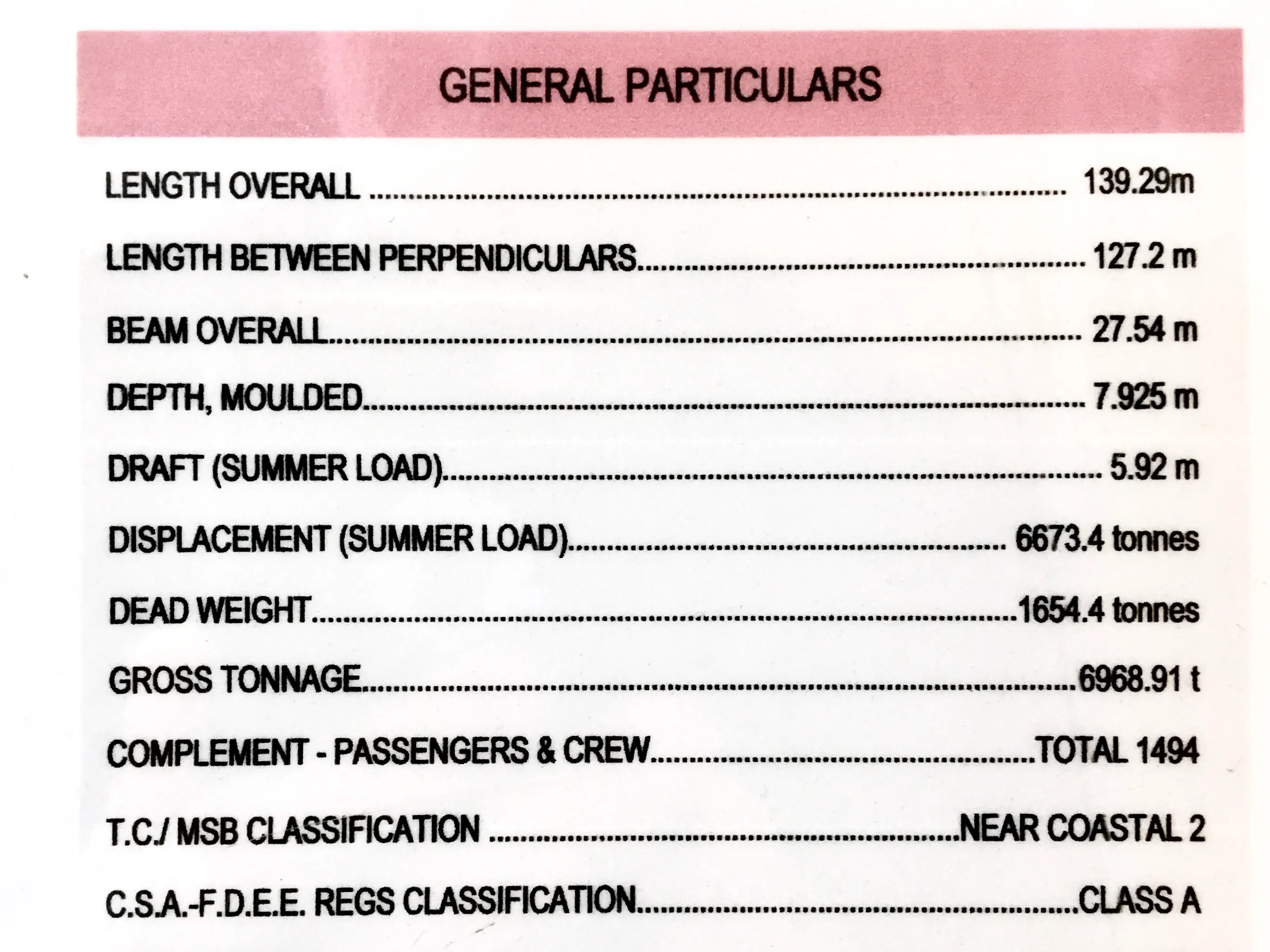
Continuing a decades-old tradition of mine, I present to you a collection of unusual signs, scenes, and objects in Japan that made me think: “gee, that’s random.”
Famously, everything in Japan has a mascot. I could have dedicated an entire post to cataloguing mascots, from Ishikawa Prefecture’s (石川県) mustachioed Hyakuman-san (ひゃくまんさん) to Pipo-kun (ピポくん) of the Tōkyō Police. But the mascot that made me do the largest double-take was that of the underground shopping mall Yaechika (ヤエチカ), which is represented by… a chibi version of the Dutch merchant Jan Joosten van Lodensteijn.

Jan Joosten says “Let’s collect stamps!” from the various shops in the mall.
Gashapon (ガシャポン) — capsule toy vending machines — are another staple of the Japanese commercial experience. The vast majority of gashapon sell figurines based on popular anime, manga, and game characters, but there is a long tail of products for niche interests. I myself got a light-up ornament representing the Fukutoshin Line from a Tōkyō Metro branded blind box.
Niche gashapon toys: bags for green onions, figurines from the children’s book Pan-dorobō, and a metro-themed ornament.
Japan is frequently described as a place where tradition meets modernity, where the old coexists with the new. That cliché is certainly true, but it doesn’t capture the full range of temporal incongruities about the country:
- Japan’s train system is decades ahead of us in terms of speed and convenience — but many of the actual trains are almost twenty years old and run on sixty-year old tracks.
- Paying with cash is much more common than it is in Canada — but so is paying with one of a wide variety of mobile payment options.
- Japan is near the top of the list of mobile phones per capita — but you can also find honest-to-goodness pay phones still operating in the wild:

Although pay phones still apparently exist in Canada, they’re less rare in Japan.
I was determined on this trip to eat yaki-imo (焼き芋), i.e. a plain roasted sweet potato. I can report that it is a very satisfying snack! There are plenty of other sweet potato flavoured treats at this time of year.1

A roasted sweet potato from a shop called Ms. Yakiimo.
Other commercial entries in the “Gee, that’s random” files include
- a face cloth of the Pokémon gym leader Larry folded in a way I found humorous,
- an ad for tap water,
- an extremely stressed-out penguin on the packaging for bath bombs, and
- a collection of stamps featuring historical figures, presumably for teachers?2
Some of my favourite pieces of Japanese media are the Katamari Damacy video games and their Shibuya-kei soundtracks. I didn’t find anything related to either on our trip — I didn’t expect to, considering they’re twenty-plus years old and were niche even in their time — but I did see a bunch of things that reminded me of the game. Case in point: this public art installation in Kanazawa,3 which looks all the world like a katamari.
The iron sculpture is Corpus Minor #1, by Janne Kristian Virkkunen. The weird character rolling a ball is the Prince, by Takahashi Keita.
Speaking of things that reminded me of Katamari Damacy, rows of water-filled plastic bottles were a common sight in Kyōto’s Gion (祇園) district. This is an apparently widespread, but ineffective, way to scare away stray cats.
There are many stray cats in Kyōto’s Maruyama Park, which nearby residents try in vain to ward off with water bottles.
Finally, I have a collection of statues that stuck out at me at a particular angle:
- A doofy dragon fountain at Fushimi Inari-taisha (伏見稲荷大社),
- A glowing maneki-neko (招き猫) in Narita Airport (成田国際空港),
- A statue of Maeda Toshiie (前田利家) with a tall gold-plated hat in Kanazawa (金沢市), and
- A statue of Godzilla in front of Tōhō headquarters.
Gee, that’s a random collection of statues!
-
I had Seven-Eleven’s sweet potato ice cream bar, which weren’t bad but fall short of my favourite red bean bars. As a side note, I can confirm that the excellent reputation of Japanese convenience stores is well-deserved; we made frequent use of Family Mart and Seven-Eleven. The latter is so successful that it has its own bank and took over the American 7-Eleven, which is now a fully-owned subsidiary of the Japanese chain.
-
I recognize eleven of the twenty historical figures: Matthew Perry, Oda Nobunaga, Tokugawa Ieyasu, Isaac Newton, Thomas Edison, Albert Einstein, James Watt, Wolfgang Amadeus Mozart, Johann Sebastian Bach, Ludwig van Beethoven, and Murasaki Shikibu.
Many of their exclamations are puns — for example, Commodore Perry says “Perry good”, Newton and Edison have bilingual puns involving an apple and an electric light, and Einstein has a furigana pun indicating that the equation actually stands for a phrase meaning “extremely good”.
Originally, I had confused Bach for Gottfried Leibniz, since they had similar faces and Bach’s pun referencing “Air on the G String” would also work in Japanese as a pun on “area under a curve”. Leibniz, however, had a much poofier wig and would not be filed under “musicians”.
-
Kanazawa is home to the 21st Century Museum of Contemporary Art and has a few related installations around the city.


















